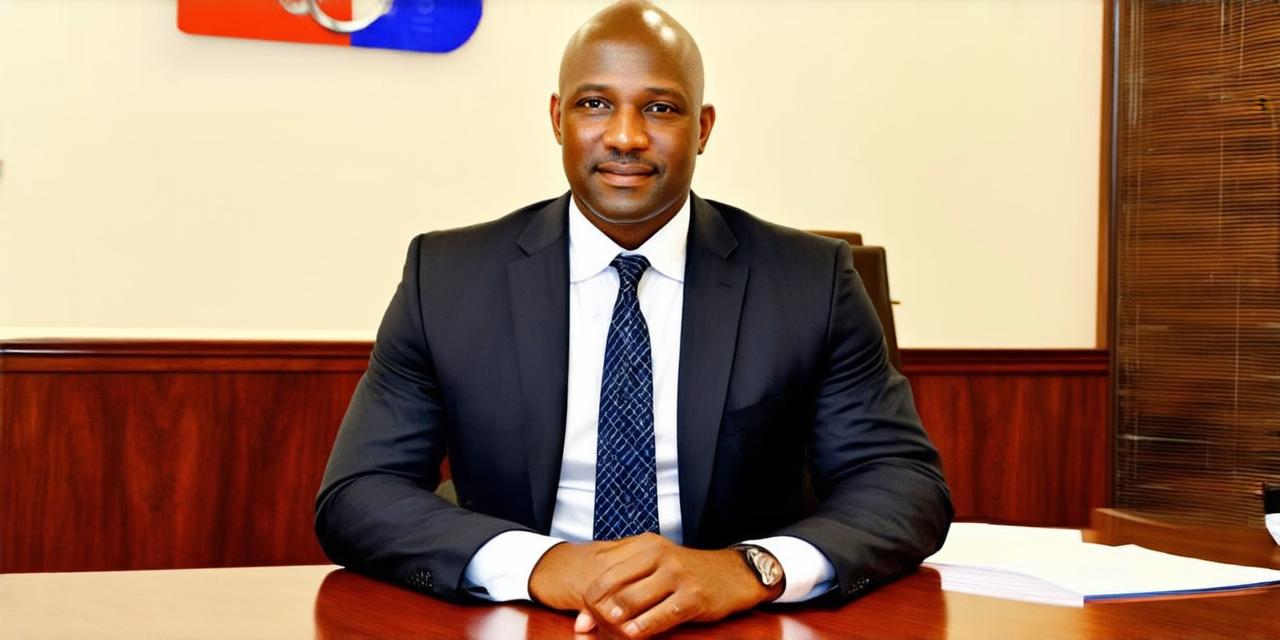Company growth is a common goal for entrepreneurs and business owners alike. However, achieving sustainable growth can be challenging. In fact, studies show that only 25% of companies make it to their fifth year in business. So, what are the key roles that drive company growth? In this article, we will explore some of the most critical roles and provide examples of successful organizations that have leveraged these roles to achieve impressive growth.
Marketing Director
Marketing is crucial for any business. A marketing director is responsible for creating and executing a comprehensive marketing plan that promotes the company’s products or services, generates leads, and increases sales. Marketing directors often work closely with other departments such as sales, product development, and customer service to ensure that all aspects of the business are aligned with the overall marketing strategy.
One example of a successful marketing director is Neil Patel, founder of Neil Patel Digital. Under his leadership, the company has grown from a small startup to one of the most recognized digital marketing agencies in the world. Patel’s innovative marketing strategies have helped numerous businesses achieve impressive growth and generate leads through content marketing, social media, and email marketing.
Product Manager
Product management is another critical role that drives company growth. A product manager is responsible for identifying customer needs, developing products that meet those needs, and bringing those products to market. Product managers often work closely with other departments such as engineering, design, and sales to ensure that the product meets the company’s goals and aligns with the overall business strategy.
One example of a successful product manager is Satya Nadella, CEO of Microsoft. Under his leadership, the company has shifted its focus from traditional software products to cloud-based services such as Azure and Office 365. This shift has enabled the company to remain competitive in an increasingly digital world and has driven significant growth.
Sales Director
Sales are the lifeblood of any business. A sales director is responsible for driving revenue by identifying potential customers, developing relationships with those customers, and closing deals. Sales directors often work closely with other departments such as marketing, product development, and customer service to ensure that all aspects of the business are aligned with the overall sales strategy.
One example of a successful sales director is Gary Keller, co-founder of Keller Williams Realty. Under his leadership, the company has grown from a small startup to one of the largest real estate companies in the world. Keller’s innovative sales strategies have helped numerous agents achieve impressive results and drive significant growth for the company.
Customer Service Director
Customer service is essential for any business that wants to retain customers and generate repeat business. A customer service director is responsible for managing a team of customer service representatives, ensuring that customers are satisfied with their experience, and addressing any issues or complaints that arise. Customer service directors often work closely with other departments such as marketing, product development, and sales to ensure that all aspects of the business are aligned with the overall customer service strategy.
One example of a successful customer service director is Zappos CEO, Tony Hsieh. Under his leadership, the company has become known for its exceptional customer service, which has helped it attract and retain customers. Zappos has implemented numerous initiatives to ensure that every customer has a positive experience, including offering free shipping and returns, providing 24/7 customer support, and creating a unique company culture that emphasizes customer satisfaction.

Human Resources Director
Human resources are critical for any business that wants to attract and retain top talent. A human resources director is responsible for managing the company’s workforce, including hiring, training, and developing employees, as well as implementing policies and procedures to ensure compliance with labor laws and regulations. Human resources directors often work closely with other departments such as marketing, product development, and sales to ensure that all aspects of the business are aligned with the overall human resources strategy.
One example of a successful human resources director is Satya Nadella, CEO of Microsoft. Under his leadership, the company has implemented numerous initiatives to attract and retain top talent, including offering flexible work arrangements, investing in employee development programs, and creating a diverse and inclusive workplace culture. These efforts have helped the company remain competitive in an increasingly challenging talent market and drive significant growth.
Financial Director
Finance is critical for any business that wants to manage its resources effectively.
